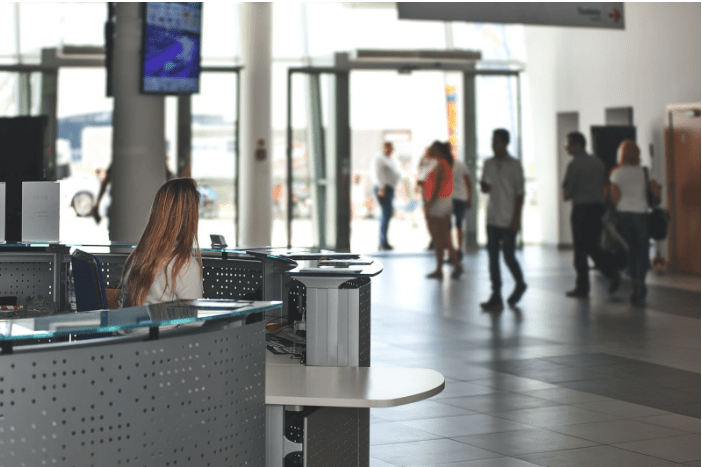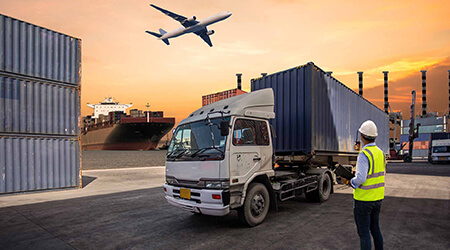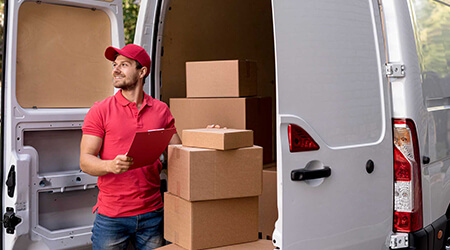
Customs Clearance
International trade can be complex and time-consuming, but it is crucial for businesses that import or export goods to understand one of the most critical steps in the process: customs clearance. Customs clearance is the procedure you must follow to legally import or export goods across international borders. The process can be daunting, but this guide will help you navigate it more easily.
Whether you’re new to the world of international trade or need a refresher on everything from customs regulations to country-specific requirements, this guide will provide all the information you need to ensure successful customs clearance. It will also help you understand customs law and why clearing customs is important, define customs clearance success, and answer the question: what does custom clearance completed mean.
What is Customs clearance
Customs clearance is the process of declaring goods to Customs authorities when entering or leaving a country. Individuals or businesses can do this. Goods subject to customs clearance include items that are being imported or exported, as well as personal effects and commercial shipments.

The purpose of customs clearance is to ensure that all applicable import duties and taxes are paid and that goods comply with all relevant regulations.

To clear customs, businesses or individuals must provide detailed information about the shipment, including its value, origin, destination, and contents.
Customs clearance Process
Inspection of Documents
When shipments arrive at a port of entry in the United States, they are subject to inspection by U.S. Customs and Border Protection (CBP). During this process, officers from the government agency, CBP, inspect the documents associated with the shipment to ensure that all required information is present and accurate.
The most common documents required for clearance are:
Proof of insurance
Invoice (unless a commercial sample is worth less than $25)
Port spending (when applicable)
A packing list
Certificate of origin (when applicable)
Air waybill, inland bill of lading, through bill of lading, and ocean bill of
lading
Pre-shipment inspection certificate (when applicable)
Transportation invoice
Once CBP has verified all the necessary documentation, they will clear the shipment for entry into the United States.
Tax and Duty Payment
After your shipment has been inspected and all required import documentation has been filed, you’ll need to pay any taxes or duties owed on the goods before Customs will release them for delivery. The amount of tax and duty owed depends on several factors, including the type of goods you’re importing, their declared value, and the applicable customs laws.
For example, if you’re responsible for paying taxes and duties (i.e., if your shipment is delivered duty unpaid, or DDU), you need to arrange for payment with the customs authority in your country before they can deliver the goods.
On the other hand, if your shipment is delivered duty paid (DDP), the taxes and duties are included in the price of the goods, and you won’t need to make any additional payments. Either way, it’s essential to be aware of the potential costs involved in importing goods so that you can budget accordingly, avoid a late payment penalty, and get to custom clearance completed status.
Shipment Release
After Customs inspects and assesses the goods, they are released from the warehouse where they have been held. The release process can vary depending on the type of imported goods but typically involves paying any customs duties or taxes owed. Once the release paperwork has been completed, the importer can take possession of the goods and move them to their final destination.
In some cases, goods may be released on a conditional basis, meaning that they must meet specific requirements before they can be moved off-site. For example, toxic chemicals may need to be appropriately labeled and packaged before they are released from customs. Ultimately, the customs clearance process aims to ensure that all imported goods meet all applicable regulations before they enter the domestic market.
